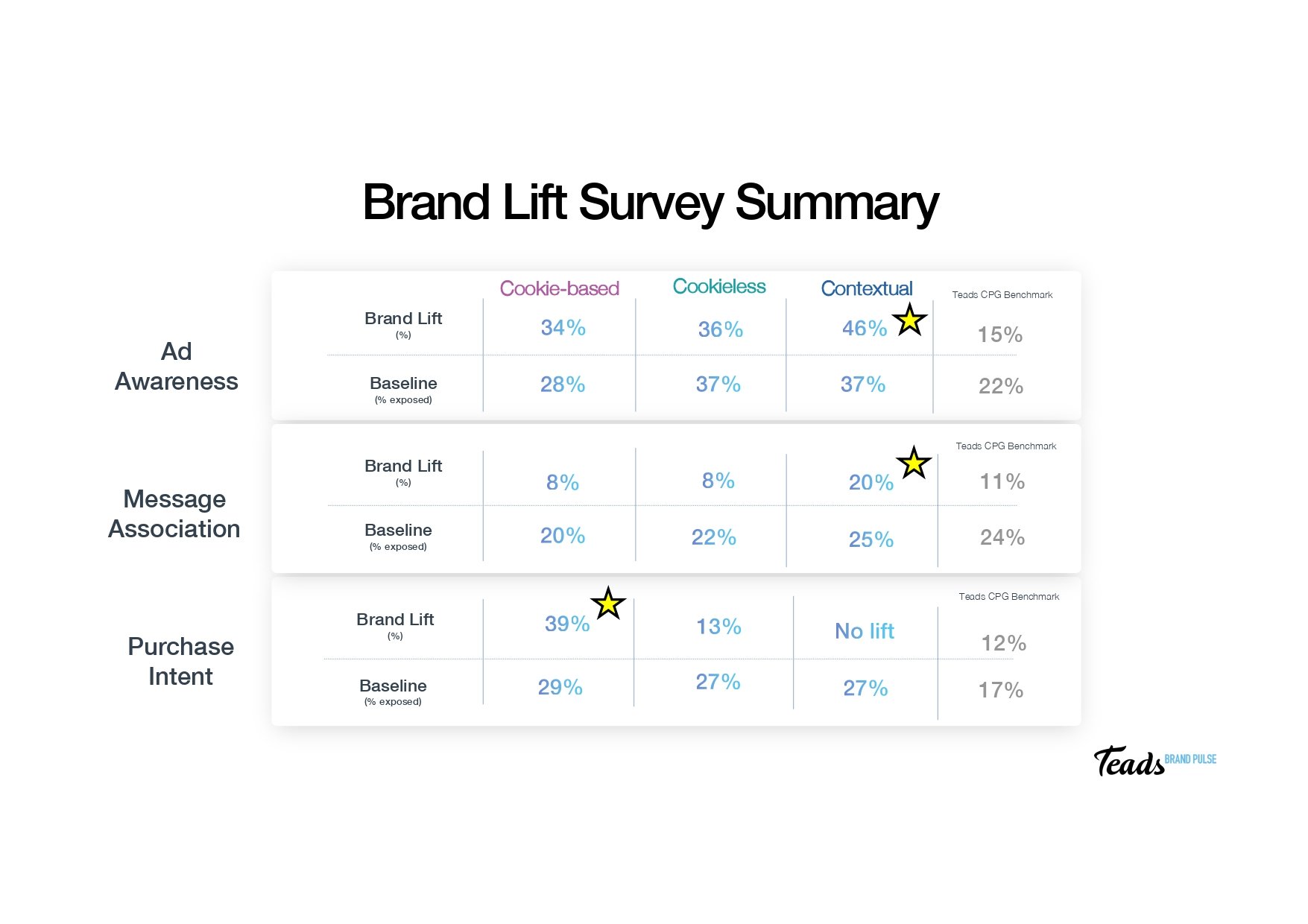A marketer’s journey to using contextual like a pro
White Paper | Authors: Manaswita Sarkar SPH Media and Benjamin Rehberg Teads
Eva is the Southeast Asia digital marketing lead with a prominent FMCG/F&B brand. She is preparing for the Black Friday - Christmas Mega-sale period.
Aware of Chrome’s looming third-party cookie dissolution in 2024, Eva has been keeping an eye on industry developments.
She has read that cookieless open web inventory is becoming the norm in the US and EU. In APAC too 35% of users cannot be identified with cookies, because Safari and iOS are almost completely cookieless. Moreover, Thailand, and India are already moving towards stricter laws. As a result, supply chain costs are becoming ‘unattributable’.
The majority of publishers remain sceptical about joining Unique ID initiatives that could curb traffic, and only 27% have confidence in the still emerging Google Chrome Privacy Sandbox.
Publishers, like SPH Media, South China Morning Post and Bloomberg Media Group are instead relying on the use of first-party audiences and contextual targeting.
In fact, as stated in the research link above, in 2022 Teads saw contextual targeting usage in the region double in proportion to its turnover.
Having read this, Eva wants to try out available targeting solutions this year before it is too late to draw a comparison to cookie-based targeting.
Being an FMCG marketer, brand awareness and perception are her key objectives, so advanced, smart contextual targeting is her preferred choice.
Contextual targeting, whether based on simple keywords, advanced semantic analysis, or image analysis, reaches users in moments when they are most receptive to messaging associated with the content they are consuming. Industry research is showing that Contextual leads to stronger media effectiveness and ad memorization results. Because reading behaviour is a strong indicator of user interests, contextual targeting also allows for effective prospecting of Interest audiences in a non-intrusive way. A research study by the University of Southern California showed a 93% increase in brand awareness for contextually aligned ads vs. contextually misaligned ads.
Wanting regional FMCG benchmarks, Eva requests them from open web vendors and is reassured to see the following Teads Brand Lift results that show another major FMCG brand achieved the best brand lift using contextual targeting in the same market.
Contextual is not new; Eva had tried it a decade ago, and while it had worked well in terms of performance, at the time, its capabilities seemed limited in comparison to audience-based-targeting.
Her research tells her that contextual targeting has evolved significantly since then, but availability and outcomes vary depending on user engagement on the platforms and the level of maturity of the technology.
Good contextual targeting needs to overcome 3 challenges to become actionable:
Accuracy
Scale
Effectiveness
Accuracy can be achieved by analysing the relative importance of keywords and topics formed by groups of curated keywords.
While Scale is inherently more limited than audience targeting, using industry-standard hierarchical content classification systems (such as IAB 3.0) can allow sufficient breadth and depth of topics to find inventory even for niche topics.
Effectiveness is a combination of relevance, messaging and timing.
Before Eva takes the next step, she plans to strategise at a high level.
Messaging strategies
Eva knows that to make the most of being at the right place at the right time her ad’s messaging should remain contextually aligned to fit or complement the context topics or even mood.
For instance, when promoting her line of colas she will tailor her creative to a food-related article with a message about ‘dining with the family’. She will target sports content with ‘game-night is incomplete without..’.
She makes a list of available contextual capabilities that she can use to plan her creative formats across media channels:
Measurement
The metrics that she will be keeping an eye out for the most are in-view time, view-through, CTR and Brand lift vis-a-vis 3P cookies-based audience-targeting.
Targeting strategies
With all this in mind, Eva chalks up a plan on the different ways she can make use of contextual marketing in her year-end campaigns.
Lastly, Eva finetunes her targeting using this handy *Brand Suitability guide.
Eva fixes upon F&B, Family, Festival, Sports, OTT Content and Competitive targeting as her key inclusion list.
Her custom exclusions list covers brand-unsuitable categories like diabetes, cholesterol and food related accidents. She also removes standard Grapeshot exclusion topics.
With that, she sends out the email to her media agency requesting them to start booking her ad purchases.






